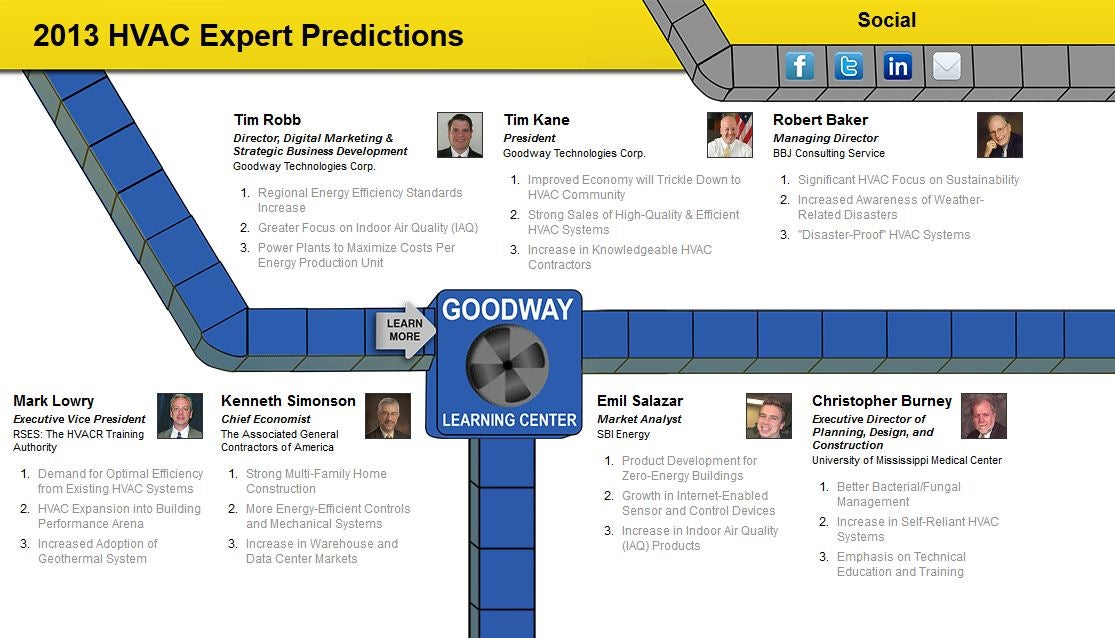The Ultimate Overview To Recognizing Warmth Pumps - Exactly How Do They Function?
The Ultimate Overview To Recognizing Warmth Pumps - Exactly How Do They Function?
Blog Article
Write-Up Created By-Whitfield Cates
The most effective heatpump can save you significant amounts of money on power costs. They can likewise help reduce greenhouse gas emissions, especially if you utilize electrical power in place of nonrenewable fuel sources like propane and heating oil or electric-resistance heaters.
Heatpump function quite the same as air conditioning unit do. This makes them a sensible option to standard electric home furnace.
Exactly how ducted air conditioning installer Work
Heat pumps cool homes in the summertime and, with a little aid from electrical power or natural gas, they offer a few of your home's home heating in the wintertime. They're an excellent alternative for people that wish to lower their use nonrenewable fuel sources however aren't ready to change their existing heater and a/c system.
They rely upon the physical fact that also in air that appears too cold, there's still power present: warm air is always relocating, and it wants to move into cooler, lower-pressure environments like your home.
Many ENERGY celebrity certified heatpump run at near their heating or cooling capacity throughout a lot of the year, minimizing on/off biking and saving energy. For the very best efficiency, concentrate on systems with a high SEER and HSPF ranking.
The Compressor
The heart of the heat pump is the compressor, which is also known as an air compressor. This mechanical streaming device uses prospective energy from power production to enhance the pressure of a gas by reducing its quantity. It is different from a pump because it only services gases and can not collaborate with fluids, as pumps do.
Atmospheric air gets in the compressor via an inlet shutoff. It circumnavigates vane-mounted arms with self-adjusting length that divide the inside of the compressor, creating numerous dental caries of varying dimension. The rotor's spin forces these cavities to move in and out of stage with each other, pressing the air.
The compressor reels in the low-temperature, high-pressure cooling agent vapor from the evaporator and presses it into the warm, pressurized state of a gas. This procedure is repeated as required to provide home heating or air conditioning as required. The compressor also includes a desuperheater coil that reuses the waste warmth and adds superheat to the refrigerant, altering it from its liquid to vapor state.
The Evaporator
The evaporator in heat pumps does the very same thing as it does in refrigerators and ac unit, altering fluid refrigerant into an aeriform vapor that gets rid of warmth from the area. Heatpump systems would certainly not function without this crucial tool.
This part of the system is located inside your home or building in an indoor air handler, which can be either a ducted or ductless system. It includes an evaporator coil and the compressor that presses the low-pressure vapor from the evaporator to high pressure gas.
Heatpump soak up ambient warmth from the air, and after that make use of electrical power to move that heat to a home or business in home heating mode. That makes them a lot more power effective than electric heaters or heating systems, and since they're using clean electrical energy from the grid (and not melting gas), they likewise produce far fewer emissions. That's why heat pumps are such terrific environmental selections. (And also air conditioner heat pump cost coming to be so popular.).
The Thermostat.
Heat pumps are excellent options for homes in cool environments, and you can utilize them in combination with traditional duct-based systems or even go ductless. They're a great different to nonrenewable fuel source heating systems or traditional electrical heaters, and they're much more sustainable than oil, gas or nuclear a/c equipment.
Your thermostat is one of the most important component of your heat pump system, and it functions really in different ways than a conventional thermostat. All mechanical thermostats (all non-electronic ones) work by utilizing materials that transform size with increasing temperature level, like curled bimetallic strips or the expanding wax in an auto radiator shutoff.
These strips include 2 various kinds of steel, and they're bolted with each other to create a bridge that completes an electric circuit attached to your a/c system. As the strip gets warmer, one side of the bridge expands faster than the other, which triggers it to flex and signify that the heating system is required. When the heatpump is in home heating setting, the turning around shutoff turns around the circulation of refrigerant, to make sure that the outside coil currently operates as an evaporator and the indoor cylinder becomes a condenser.